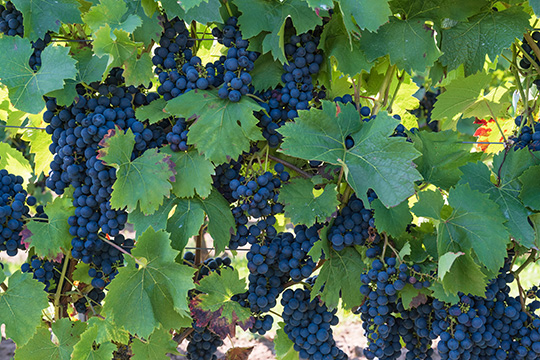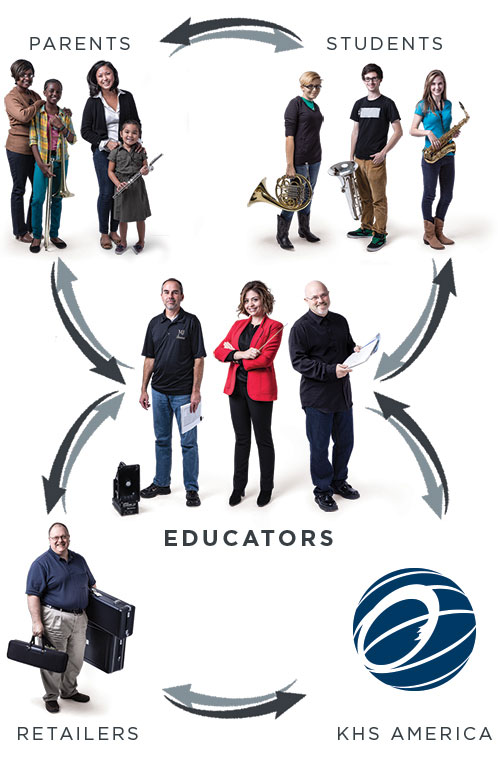In the days of cavemen and cavewomen, Leslie Goldman wrote, “because life was precarious and food was scarce, when we spotted fruit, seeds, or grass, our brains shouted, ‘Eat that!’ We ate the berries, they tasted good, and that in turn prompted our brains to release a chemical called dopamine, which cemented this smart strategy in place. In behavioral neuroscience terms, this is called a habit loop, a three-part system composed of a trigger (in this case, a food sighting), a behavior (eating the food), and a reward (contentment and survival).” Remembering the remarkable simplicity of those words, and especially that example, reminds us of the impact that “loop” has on our daily life, but even more important, on our students’ learning. We need to offer attainable, well-sequenced and appropriate triggers. Then give ample opportunities for students to do the behavior in a myriad of situations and formats. At that point, all that’s left is for us to assess, praise approximation, offer constructive criticism, show our approval, and liberally applaud goals accomplished and objectives met. That simple construct provides the essence of helping students accomplish goals – and even more significantly – to want to continue doing those behaviors and make them habit patterns. Much has been said of late about berries being a superfood. Thinking about the above caveperson example, no words could be truer!
KHS America
The content of this Blog article or Banded Story is the intellectual property of the author(s) and cannot be duplicated without the permission of KHS America and/or the author(s). Standard copyright rules apply.



 We look forward to the evolution of this exciting program, and welcome feedback on how we can further enhance the work that you do in music education.
We are excited to offer your program the opportunity to join the KHS America Academic Alliance today.
We look forward to the evolution of this exciting program, and welcome feedback on how we can further enhance the work that you do in music education.
We are excited to offer your program the opportunity to join the KHS America Academic Alliance today.